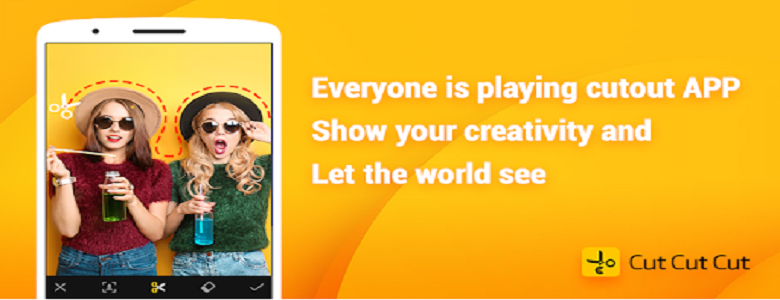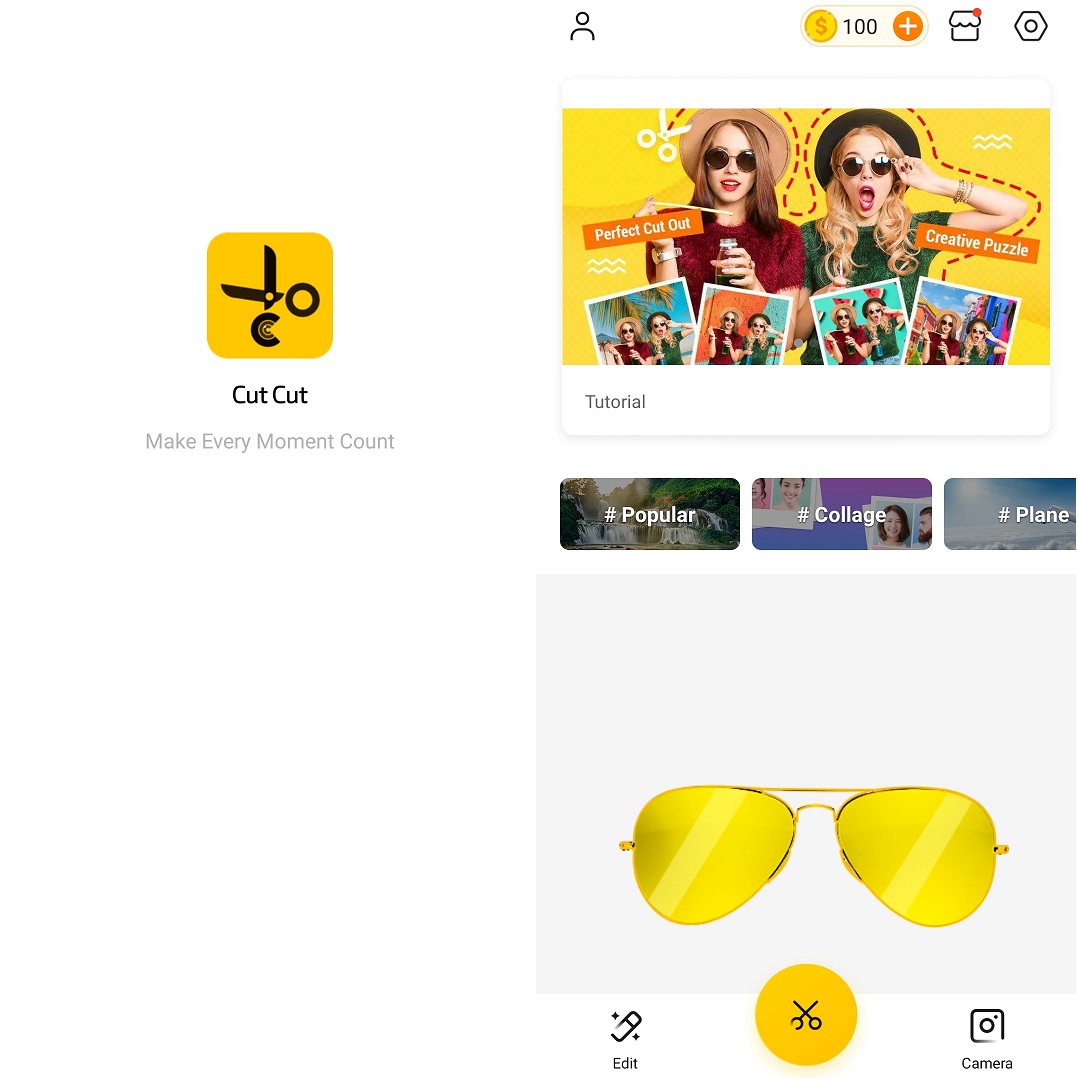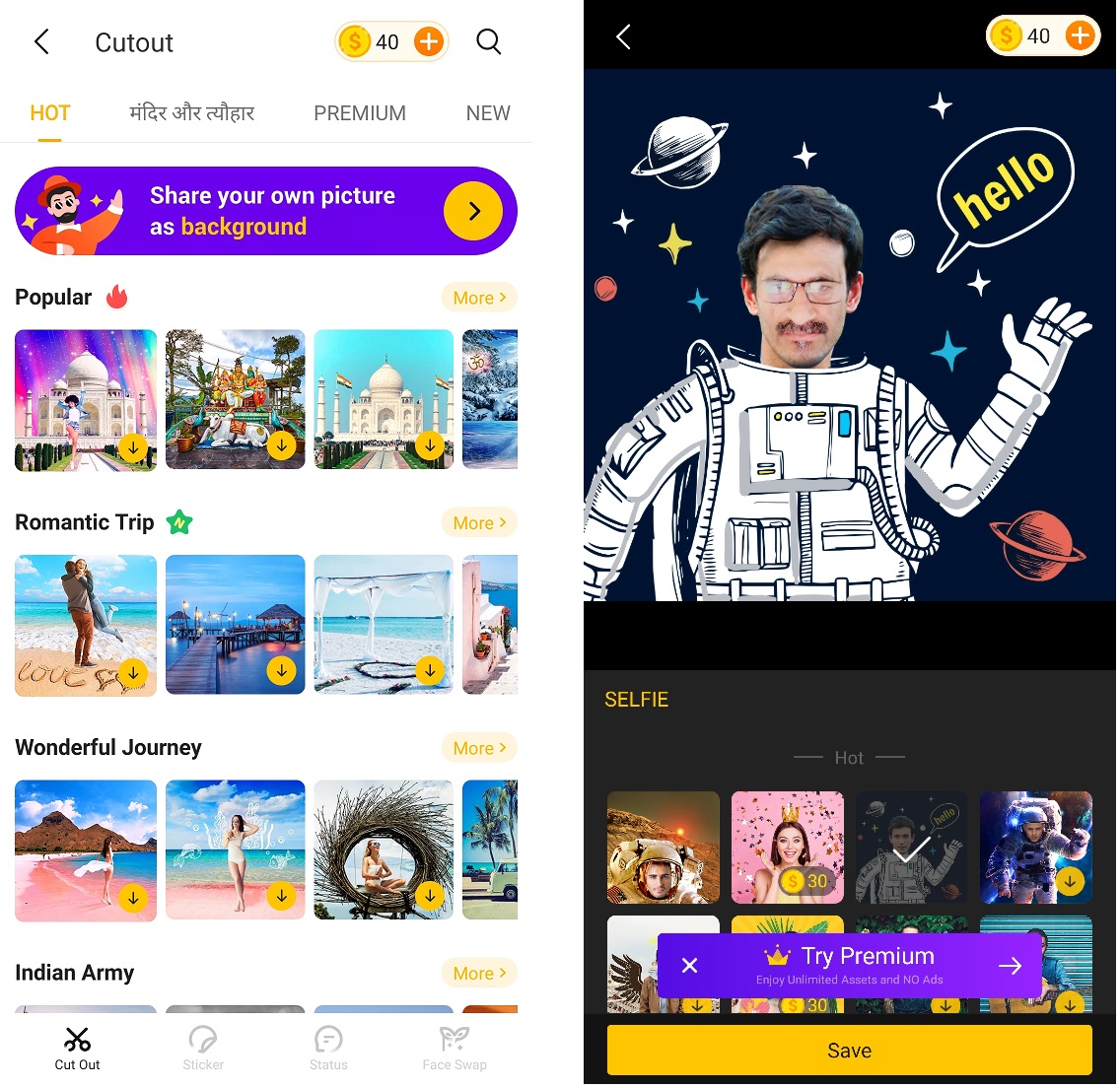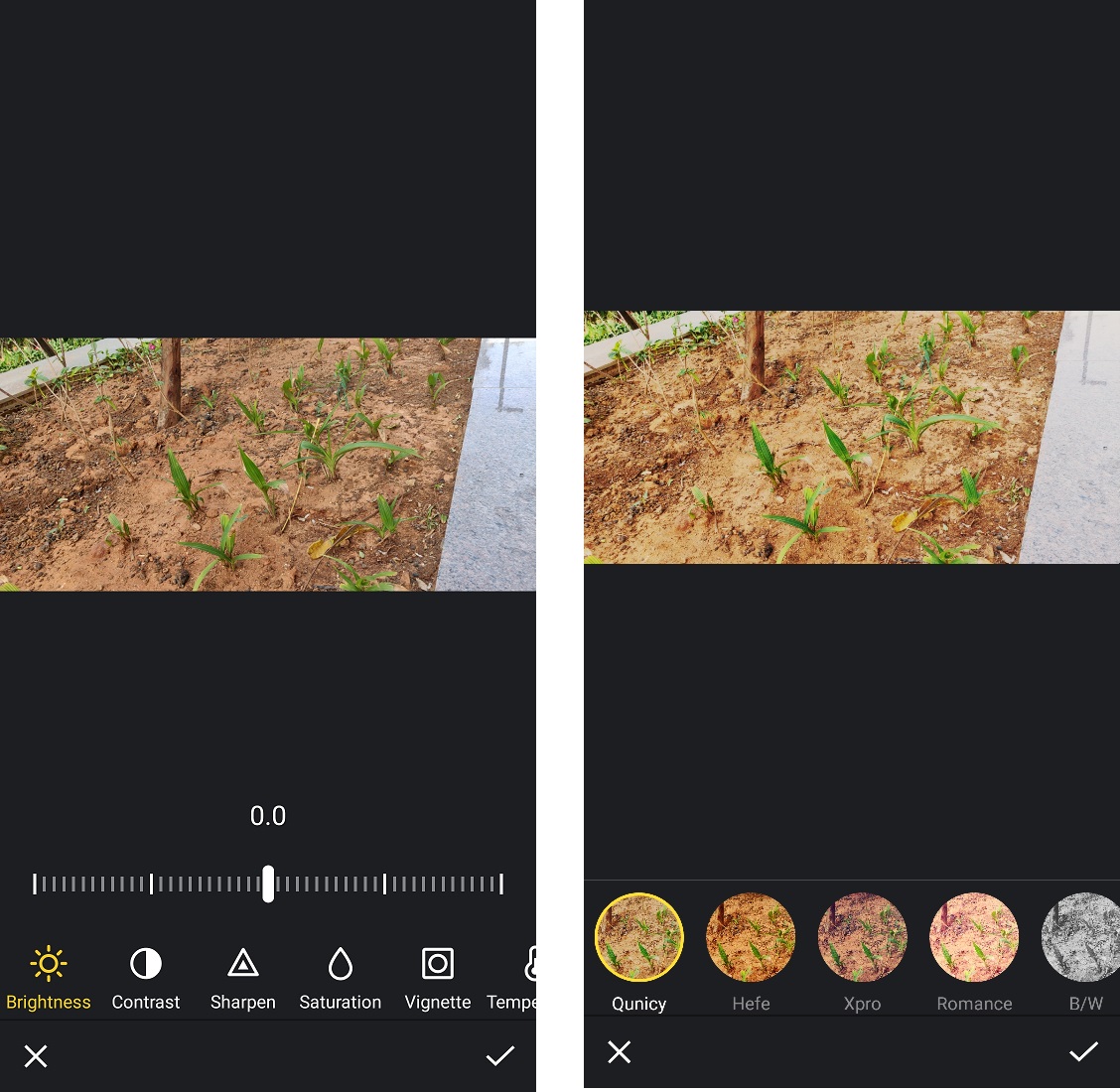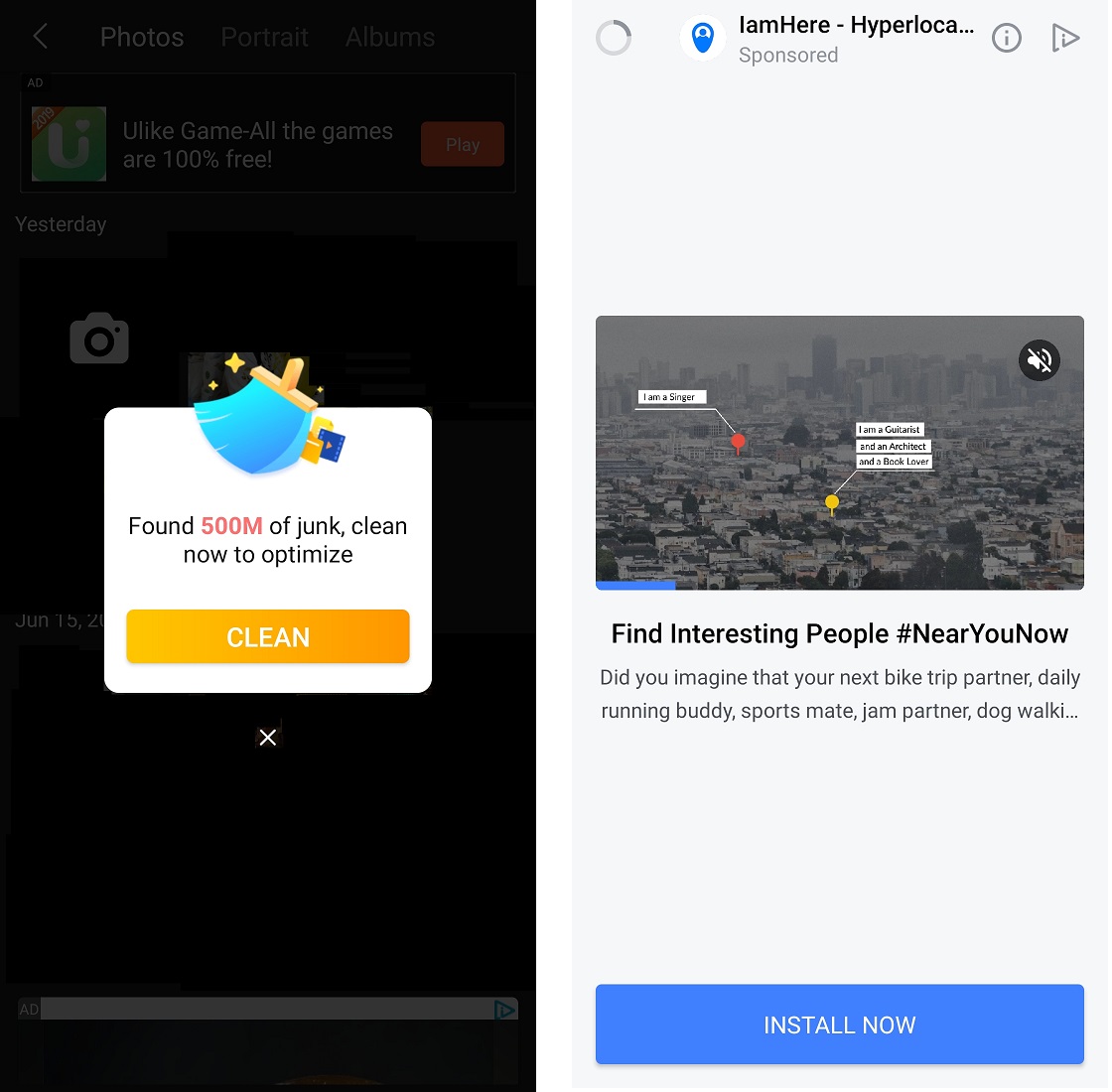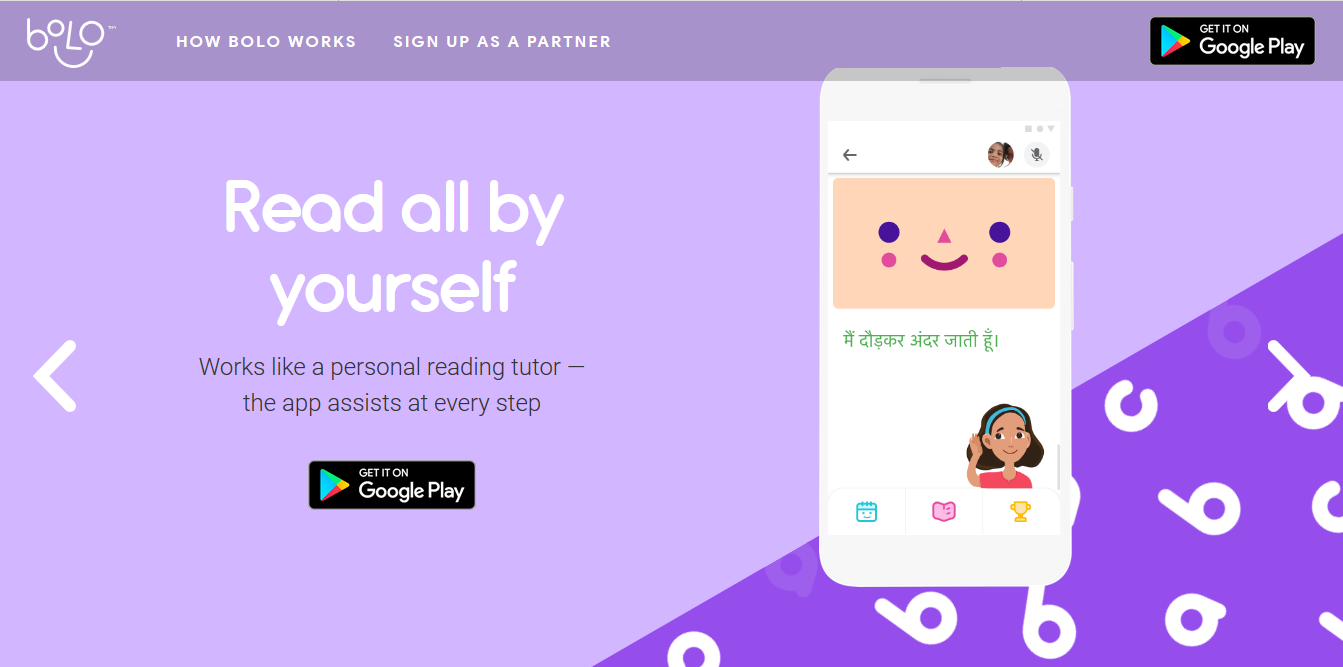At the Huawei Developer Conference, Huawei launched HarmonyOS – a new micro-kernel-based, distributed operating system designed to deliver a cohesive user experience across all devices and scenarios.

Richard Yu, CEO of Huawei’s Consumer Business Group, explained the company’s thoughts behind developing this new OS.
We’re entering a day and age where people expect a holistic intelligent experience across all devices and scenarios. To support this, we felt it was important to have an operating system with improved cross-platform capabilities. We needed an OS that supports all scenarios, that can be used across a broad range of devices and platforms, and that can meet consumer demand for low latency and strong security.
These were our goals with HarmonyOS. HarmonyOS is completely different from Android and iOS. It is a microkernel-based, distributed OS that delivers a smooth experience across all scenarios. It has trustworthy and secure architecture, and it supports seamless collaboration across devices. You can develop your apps once, then flexibly deploy them across a range of different devices.
Traditionally, new operating systems are released alongside new types of devices. As early as 10 years ago, Huawei envisioned a future where intelligence would seamlessly integrate with all aspects of our lives, and it began exploring how it might deliver this experience – one that would transcend the boundaries of physical space and span different hardware and platforms.
HarmonyOS is a lightweight, compact operating system with powerful functionality, and it will first be used for smart devices like smart watches, smart screens, in-vehicle systems, and smart speakers. Through this implementation Huawei aims to establish an integrated and shared ecosystem across devices, create a secure and reliable run-time environment, and deliver a holistic intelligent experience across every interaction with every device.
HarmonyOS – Four distinct technical features
An all-scenario, intelligent experience sets a high bar for connectivity, so HarmonyOS was designed with four distinct technical features to deliver on its promise to consumers.
Seamless – First-ever device OS with distributed architecture, delivering a seamless experience across devices
By adopting distributed architecture and distributed virtual bus technology, HarmonyOS offers a shared communications platform, distributed data management, distributed task scheduling, and virtual peripherals. With HarmonyOS, app developers won’t have to deal with the underlying technology for distributed apps, allowing them to focus on their own individual service logic. Developing distributed apps will be easier than ever before. Apps built on HarmonyOS can run on different devices while delivering a seamless, collaborative experience across all scenarios.
Smooth – Deterministic Latency Engine and high-performance IPC
HarmonyOS will address under-performance challenges with a Deterministic Latency Engine and high-performance Inter Process Communication [IPC]. The Deterministic Latency Engine sets task execution priorities and time limits for scheduling in advance. Resources will gravitate toward tasks with higher priorities, reducing the response latency of apps by 25.7%. The micro-kernel can make IPC performance up to five times more efficient than existing systems.
Secure – Microkernel architecture that reshapes security and trustworthiness from the ground up
HarmonyOS uses a brand-new micro-kernel design that features enhanced security and low latency. This micro-kernel was designed to simplify kernel functions, implement as many system services as possible in user mode outside the kernel, and add mutual security protection. The micro-kernel itself provides only the most basic services like thread scheduling and IPC.
Harmony OS’s micro-kernel design uses formal verification methods to reshape security and trustworthiness from the ground up in a Trusted Execution Environment [TEE]. Formal verification methods are an effective mathematical approach to validate system correctness from the source, while traditional verification methods, such as functional verification and attack simulation, are confined to limited scenarios. Formal methods, by contrast, can use data models to verify all software running paths.
HarmonyOS is the first OS to use formal verification in device TEE, significantly improving security. In addition, because the HarmonyOS micro-kernel has much less code [roughly one-thousandth the amount of the Linux kernel], the probability of attack is greatly reduced.
Unified – Multi-device IDE allows apps to be developed once and deployed across multiple devices
Powered by a multi-device IDE, multi-language unified compilation, and a distributed architecture kit, HarmonyOS can automatically adapt to different screen layout controls and interactions, and support both drag-and-drop control and preview-oriented visual programming. This allows developers to more efficiently build apps that run on multiple devices. With a multi-device IDE, developers can code their apps once and deploy them across multiple devices, creating a tightly integrated ecosystem across all user devices.
The HUAWEI ARK Compiler is the first static compiler that can perform on par with Android’s virtual machine, enabling developers to compile a broad range of advanced languages into machine code in a single, unified environment. By supporting unified compilation in multiple languages, the HUAWEI ARK Compiler will help developers greatly improve their productivity.
Developer plan and ecosystem development
Huawei also announced the evolution roadmap for HarmonyOS and its kernel. HarmonyOS 1.0 will be first adopted in its smart screen products, which are due to launch later this year. Over the next three years, HarmonyOS will be optimized and gradually adopted across a broader range of smart devices, including wearables, HUAWEI Vision, and head units for your car.
The success of HarmonyOS will depend on a dynamic ecosystem of apps and developers. To encourage broader adoption, Huawei will release HarmonyOS as an open-source platform, worldwide. Huawei will also establish an open-source foundation and an open-source community to support more in-depth collaboration with developers.
China is home to a strong app ecosystem and a massive user base. Moving forward, Huawei will lay the foundations for HarmonyOS in the Chinese market, and then expand it further to the global ecosystem. With a focus on providing new and unique value, Huawei will open up and share its core capabilities in areas like connectivity, cameras, and AI. It will work closely with ecosystem partners to deliver apps and services that provide consumers with the best possible experience and bring new life to the industry.
HarmonyOS will bring incredible new benefits to consumers, equipment vendors, and developers. For consumers, it will bring a cohesive and powerful intelligent experience across all aspects of their lives. For equipment vendors, it will help them gain a first-mover advantage in the age of holistic intelligent experience, where 5G, AI, and IoT will see explosive growth. At the same time, HarmonyOS will enable developers to win over more users with less investment, and rapidly innovate services across all scenarios.



 With this, Truecaller currently offers a one-stop integrated communication platform that hosts a range of key features including Caller ID, Intelligent dialer, Smart SMS inbox, Mobile Payments and Flash messaging. Commenting on the launch
With this, Truecaller currently offers a one-stop integrated communication platform that hosts a range of key features including Caller ID, Intelligent dialer, Smart SMS inbox, Mobile Payments and Flash messaging. Commenting on the launch 